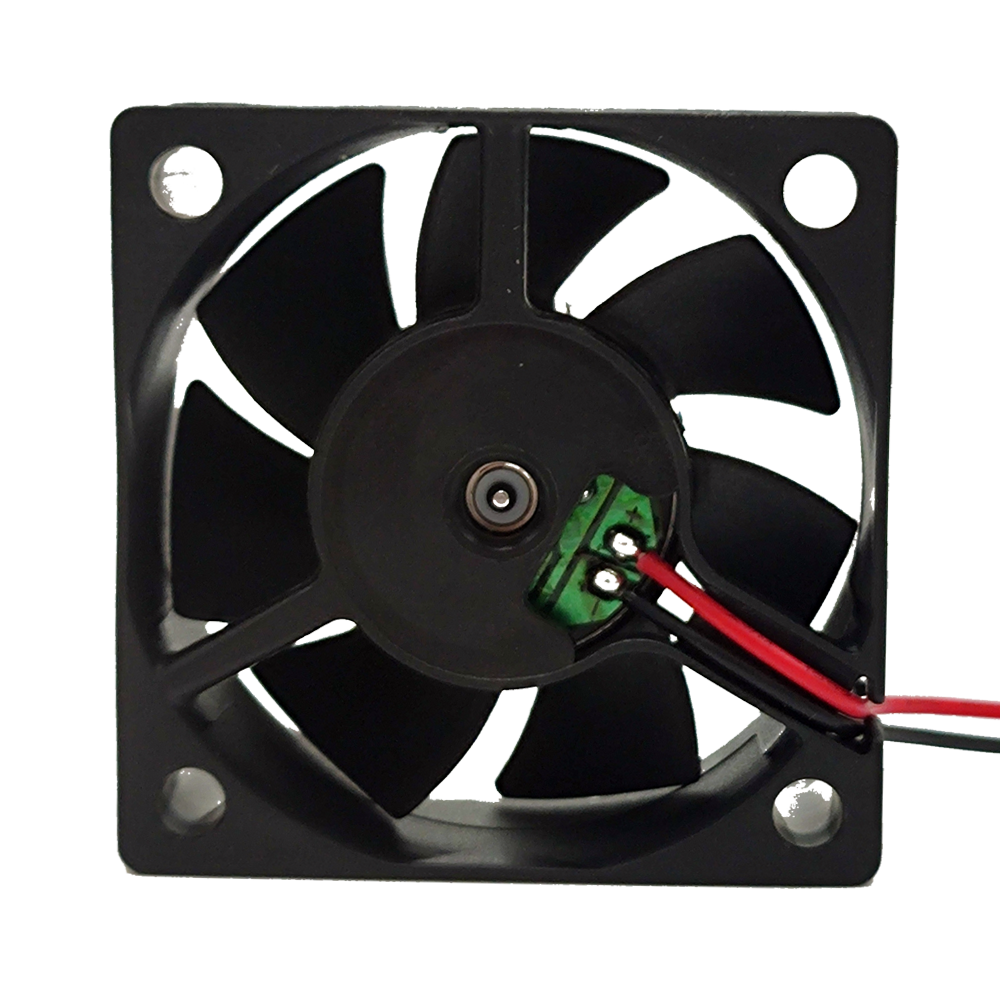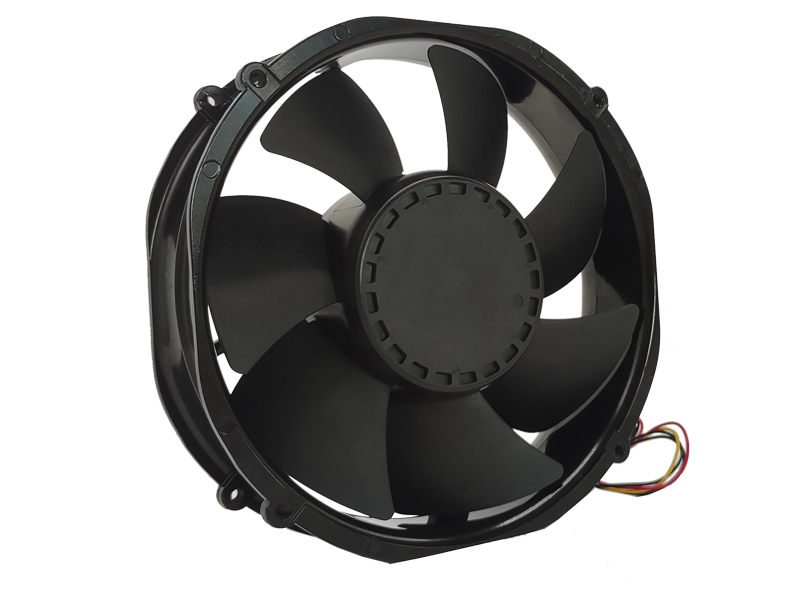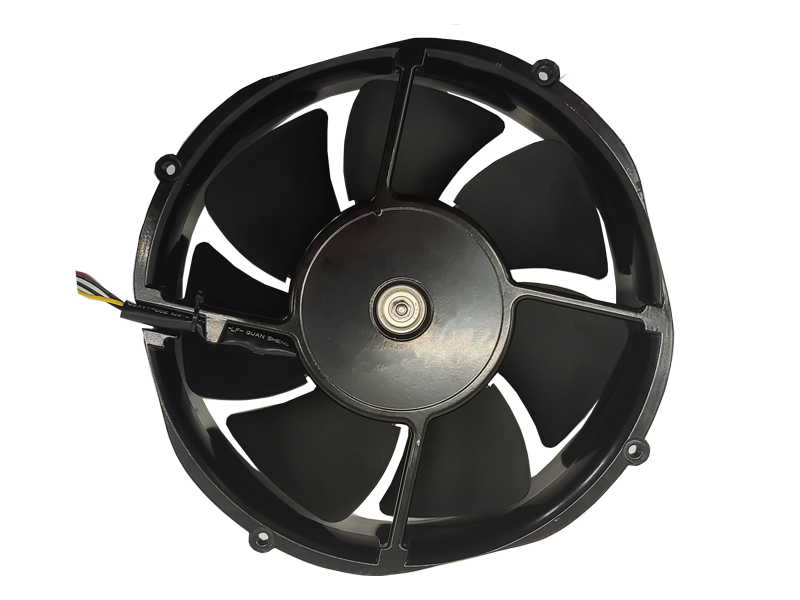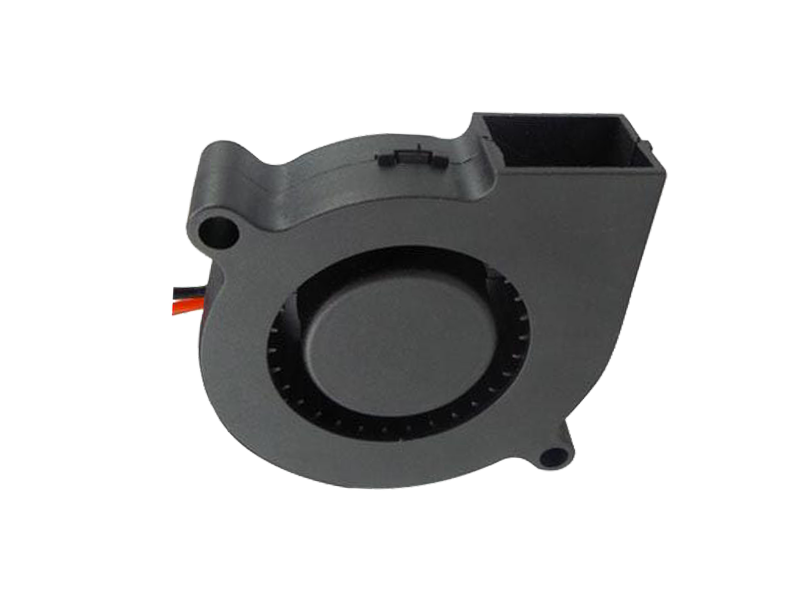In the intricate landscape of electronics and computer hardware, one component stands as a silent guardian against the relentless march of heat—the thermal cooling fan. These ubiquitous devices, often overlooked in their mundane appearance, play a pivotal role in ensuring the stability, longevity, and performance of countless devices from personal computers to industrial machinery. This article delves into the history, workings, advancements, and significance of thermal cooling fans, highlighting how they have evolved to meet the ever-growing demands of modern technology.
The Genesis of Cooling Fans
The concept of using fans for cooling purposes dates back centuries, with early iterations employed in ventilation systems and rudimentary machinery. However, it was the advent of the computer age that truly catapulted the thermal cooling fan into the forefront of technological necessity. As electronic components began to shrink in size while simultaneously increasing in power and complexity, the problem of heat dissipation became paramount. In the early days of computing, passive cooling methods like heat sinks were insufficient, necessitating the integration of active cooling solutions—chief among them, the thermal cooling fan.
Anatomy and Functionality
At its core, a thermal cooling fan is a simple yet elegant design consisting of a rotating hub with attached blades enclosed within a housing. Powered by an electric motor, these blades create a flow of air that draws heat away from critical components and expels it into the surrounding environment. The fan's speed, measured in revolutions per minute (RPM), directly impacts its cooling capacity, with higher RPMs generally resulting in more efficient heat dissipation.
To optimize performance, thermal cooling fans often incorporate intelligent control systems that dynamically adjust fan speed based on temperature sensors. This "smart" approach not only ensures efficient cooling but also minimizes noise and power consumption, enhancing the overall user experience.

Evolution and Advancements
Over the years, thermal cooling fans have undergone significant technological advancements. One notable trend is the miniaturization of fans, allowing for their integration into smaller devices without compromising cooling performance. This has been crucial in the development of portable electronics like smartphones, tablets, and even wearable technology.
Another key advancement is the adoption of advanced materials and manufacturing techniques. For instance, the use of lightweight yet durable materials like plastic composites has reduced fan weight and improved reliability. Additionally, precision manufacturing processes have enabled the creation of more aerodynamic blade designs, further enhancing airflow and efficiency.
Environmental Concerns and Innovations
In recent years, environmental concerns have driven the development of more sustainable cooling solutions. This has led to the emergence of eco-friendly fans that utilize energy-efficient motors and incorporate noise-reduction technologies to minimize their ecological footprint. Some manufacturers have even experimented with innovative cooling mechanisms, such as liquid cooling systems, which, while not strictly fans, demonstrate the industry's commitment to exploring alternative cooling methods.
The Significance of Thermal Cooling Fans
Beyond their technical achievements, thermal cooling fans hold immense significance for the continued advancement of technology. In an era where electronic devices are pushing the boundaries of performance and miniaturization, effective heat management is crucial. Without reliable cooling solutions like thermal fans, these advancements would be severely limited by overheating issues, leading to premature component failure and reduced system stability.
Moreover, as we continue to integrate technology into every aspect of our lives, from homes to cars to cities, the demand for efficient and reliable cooling solutions will only grow. Thermal cooling fans, with their proven track record and constant evolution, are poised to remain at the forefront of this crucial technological endeavor.
In conclusion, thermal cooling fans are more than just mechanical devices; they are essential enablers of technological progress. Their ability to efficiently manage heat, combined with constant innovations in design and technology, ensures that electronic devices can operate at peak performance, pushing the limits of what is possible. As we embark on new technological frontiers, the humble thermal cooling fan stands as a testament to the power of simple yet effective solutions in shaping our interconnected world.
Recommended Products

The main purpose:Car charging station

The main purpose:Car charging station

The main purpose:Electronic refrigerators, water dispensers, direct drinking machines, inverter power supplies
Address:No. 4137, Longgang Avenue (Henggang Section), Henggang Community, Henggang Street, Longgang District, Shenzhen
hotline:13530005572(Chen)15112579390(Li)


Welcome all friends to come for consultation and negotiation.
Copyright 2024 @ Shenzhen Youneng Xinyuan Electronics Co., Ltd.,(industrial fans,industrial blowers,axial fans,cooling fans manufacturer,centrifugal fans,ac cooling fans,dc cooling fans)